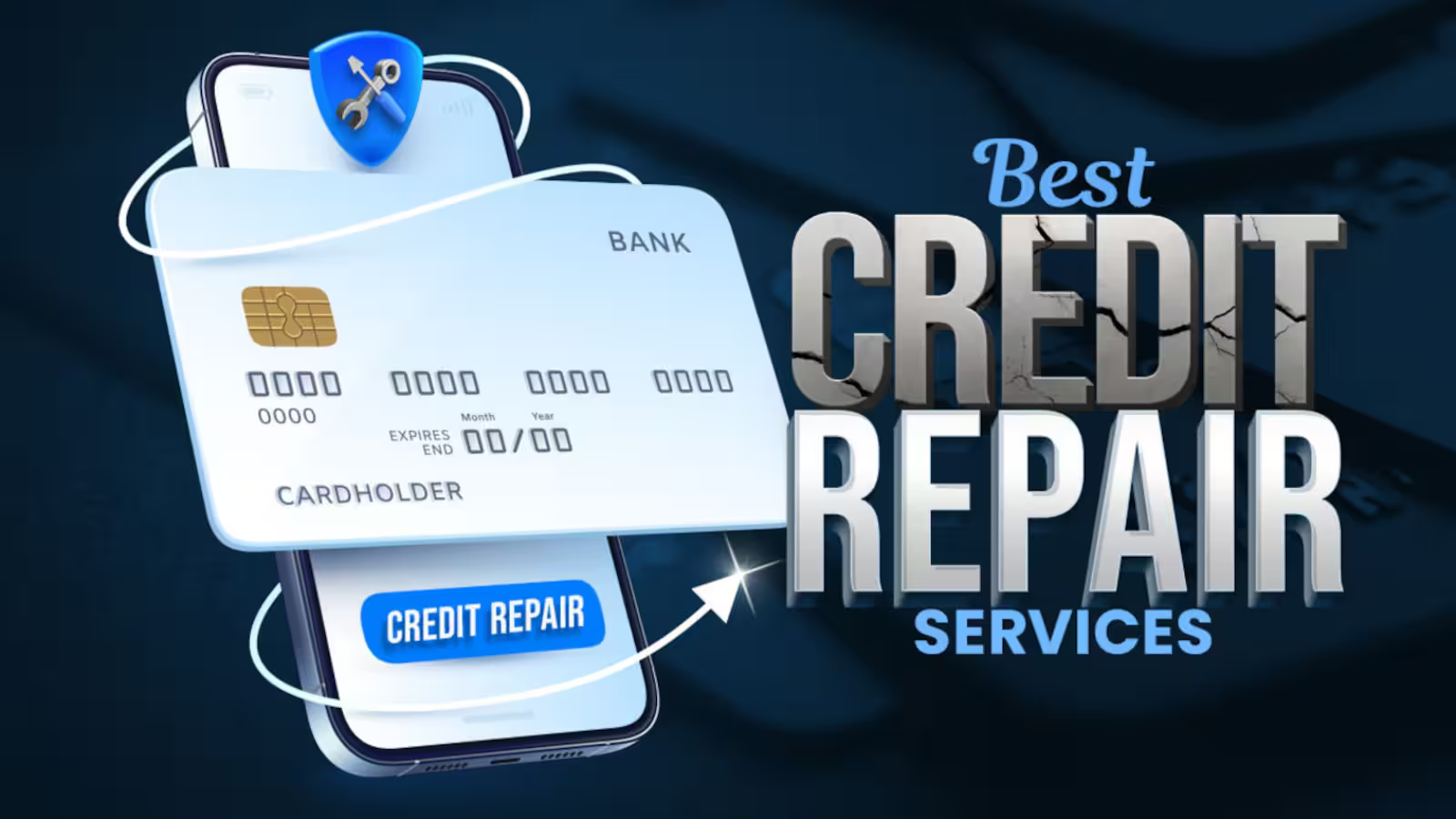
When your credit score isn’t where it needs to be, the thought of tackling credit repair can feel overwhelming. However, understanding the credit repair process can make it much more manageable and help you take the right steps toward financial recovery. Whether you’re going through the process on your own or with professional help, here’s a detailed breakdown of what to expect at each stage of credit repair.
Step 1: Review Your Credit Reports
The first step in credit repair is pulling your credit reports from the three major bureaus—Equifax, Experian, and TransUnion. You can access them for free once a year at AnnualCreditReport.com. This review will help you identify errors, negative items, and areas for improvement.
What to Look For:
- Errors: Incorrect personal information or accounts that don’t belong to you
- Late Payments: Missed or late payments that are inaccurately reported
- Duplicate Debts: The same debt listed multiple times
- Negative Items: Collections, charge-offs, bankruptcies, or foreclosures
Step 2: Identify Disputable Items
Once you have your reports, look for items that shouldn’t be there or that can be legally challenged. Under the Fair Credit Reporting Act (FCRA), credit bureaus are required to remove inaccurate, outdated, or unverifiable information from your report. This is where disputing errors comes in.
Disputable Items May Include:
- Accounts you don’t recognize
- Incorrect balances or payment statuses
- Duplicate collections
- Debts that should have been discharged in bankruptcy
Step 3: Dispute Errors with Credit Bureaus
The next step is to submit dispute letters to the credit bureaus. You can send these letters online or by mail, providing documentation to support your claim. Once the dispute is received, the credit bureau must investigate and respond within 30-45 days.
What Happens During the Investigation:
- The bureau contacts the original creditor to verify the information.
- If the creditor cannot verify the accuracy, the item must be removed or corrected.
- You’ll receive an updated report if changes are made.
Step 4: Negotiate with Creditors or Collection Agencies
In cases where debts are valid, you can negotiate directly with creditors or collection agencies to resolve them. Some creditors may agree to a pay-for-delete arrangement, where they remove the item from your report in exchange for payment.
Other Negotiation Options:
- Settling for less than the full amount owed
- Setting up a payment plan to avoid future collections
- Requesting the creditor to update the account status to “paid in full”
Step 5: Focus on Building Positive Credit History
Credit repair isn’t just about removing negative items—it’s also about building positive habits. Here are a few strategies to boost your credit:
- Open a secured credit card and pay it off monthly.
- Keep credit utilization below 30%.
- Pay bills on time every month.
- Add authorized tradelines by becoming an authorized user on a family member’s credit card.
Step 6: Monitor Your Credit Progress
After submitting disputes and negotiating with creditors, it’s essential to track your progress. Use credit monitoring tools to keep an eye on changes to your credit report. This helps ensure that the items you disputed are properly removed and gives you insights into what’s impacting your score.
Tools to Monitor Credit:
- Credit Karma or Credit Sesame for free score tracking
- Experian Boost to add positive payment history
- Set alerts for new inquiries or changes to your report
Step 7: Be Patient and Stay Consistent
The credit repair process takes time. While you may start seeing results in 30-60 days, the full process of rebuilding your credit can take 6 months to a year or longer. The key is to stay patient and continue practicing good financial habits.
When to Work with a Credit Repair Professional
If the process feels overwhelming or if you’re dealing with complex credit issues, you may benefit from working with a credit repair service. At JDP Credit Solutions, we specialize in helping clients dispute negative items, negotiate with creditors, and build positive credit. Our team uses AI-powered tools and expert strategies to guide you every step of the way.
How Long Does Credit Repair Take?
The timeline for credit repair varies based on the number of negative items and how quickly creditors respond to disputes. Some errors can be resolved within 30 days, while other issues—like negotiating debt settlements—may take several months.
Final Thoughts
Credit repair isn’t a quick fix, but with persistence and a clear strategy, you can restore your credit and rebuild your financial future. Whether you decide to tackle it on your own or with professional help, understanding the process will set you up for success.
If you’re ready to take control of your credit, JDP Credit Solutions is here to help. Let’s work together to get you back on track toward financial freedom!
